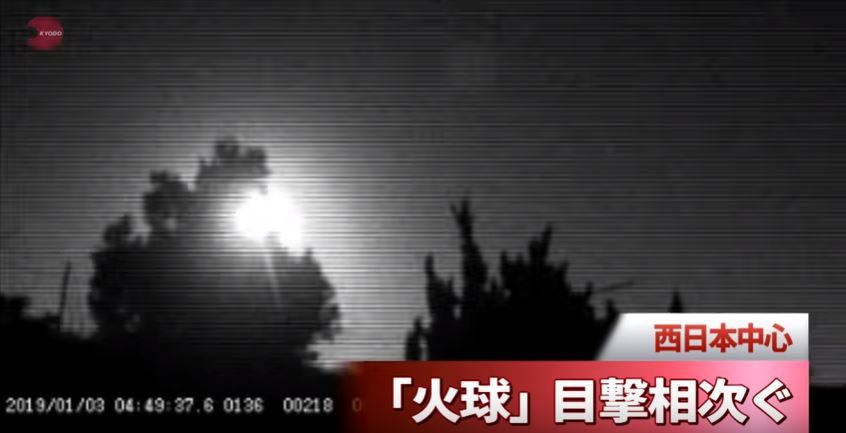
© YouTube/KyodoNews (screen capture)
A flying fireball was seen over a wide area of western Japan early Thursday, with astronomical experts saying it may have been caused by a meteor.
Masayoshi Ueda, a 67-year-old amateur astronomer, successfully captured images of the object around 4:50 a.m. Thursday at his home in Habikino in Osaka Prefecture.
"I could not tape the sound but it flashed for a second and grew to a big fireball," Ueda said. "I was lucky because we cannot predict when and where we can see one."
Some people, including those living on the island of Shikoku, posted information about the mysterious flying object on the internet. One said,
"I thought it was an earthquake as I heard a bang and rumbling," while another said, "I woke up to a very loud sound."
Hitoshi Yamaoka, associate professor at the National Astronomical Observatory of Japan, said,
"We have bolides almost every day but it is very rare to hear one make a noise, only a few times a year."
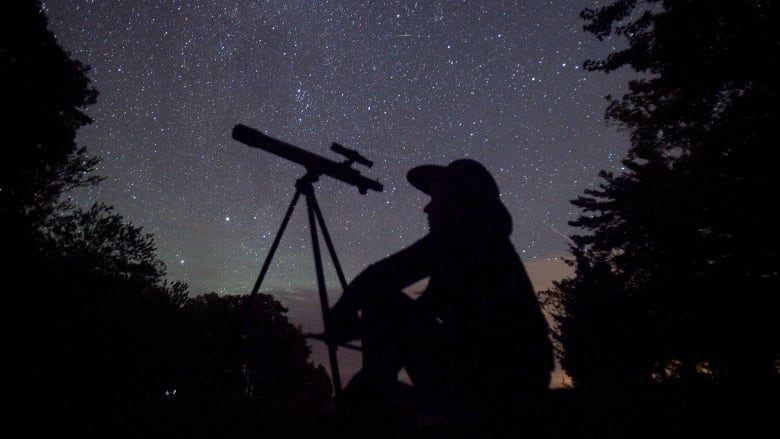
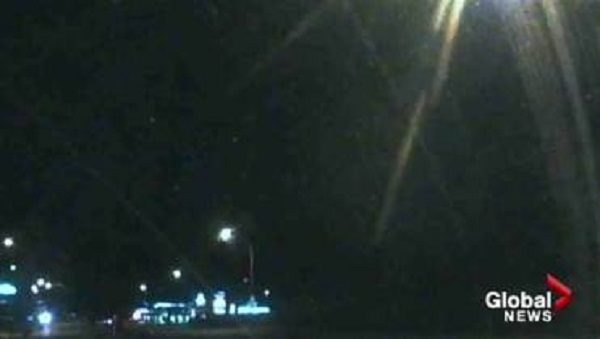
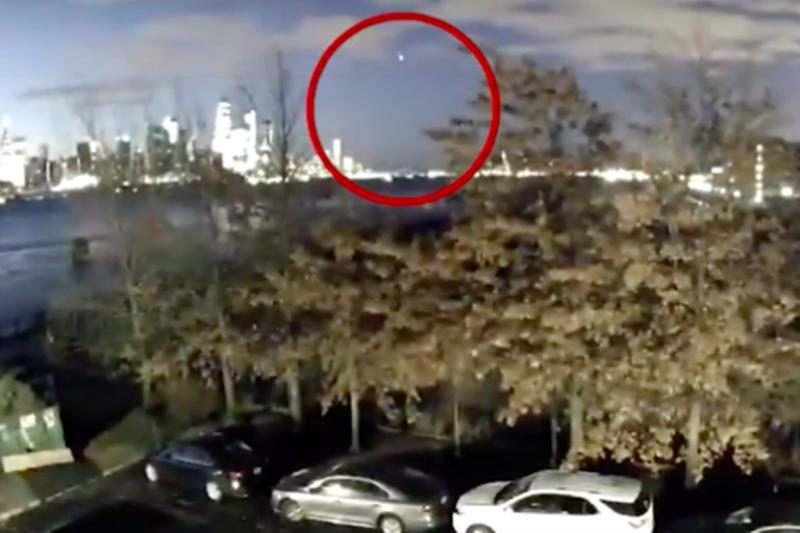
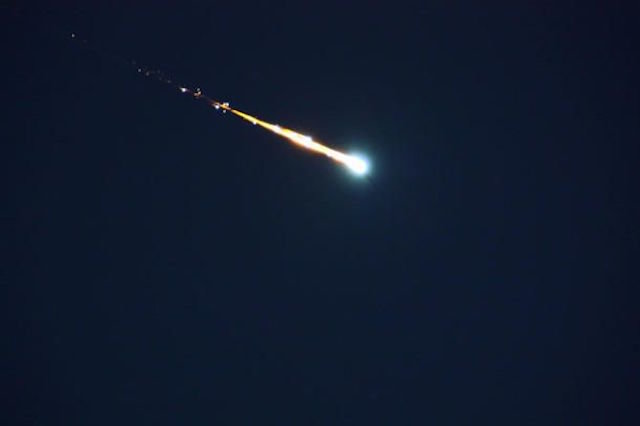

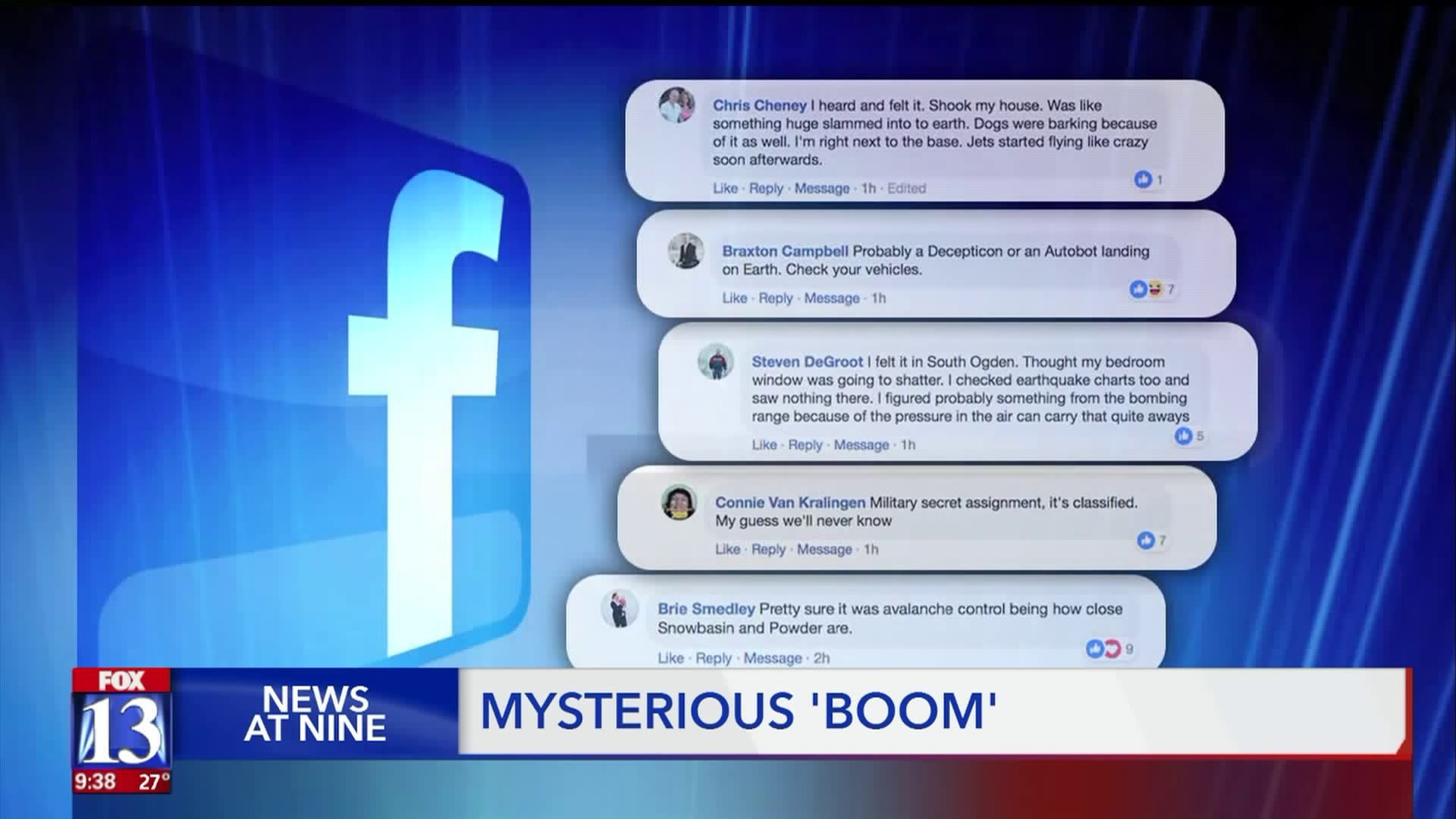
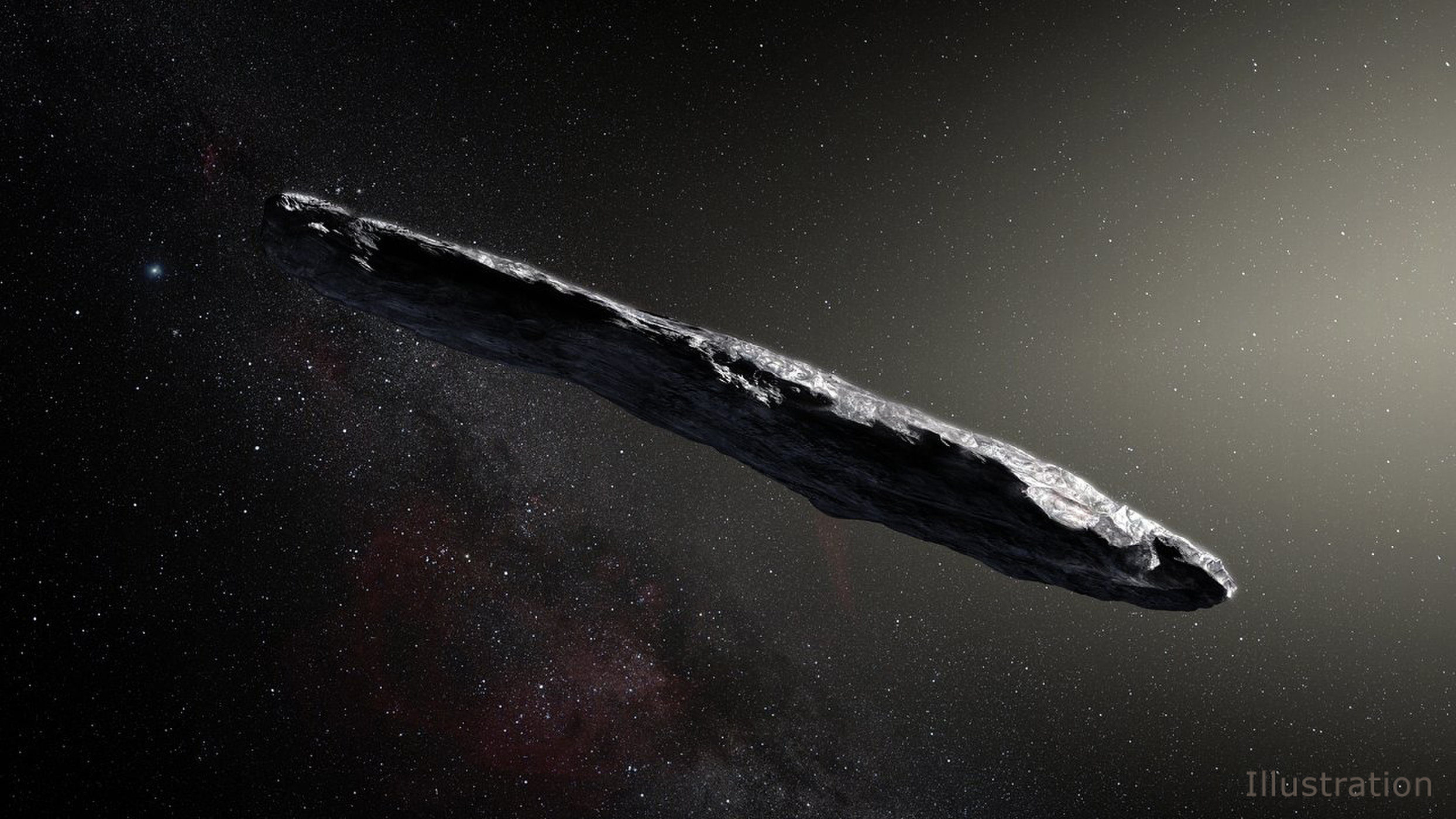
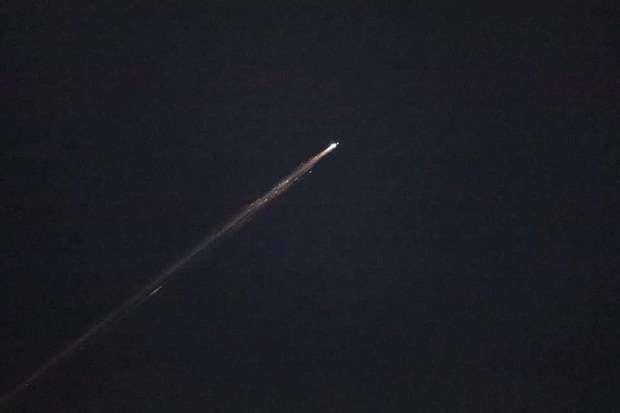





Comment: The American Meteor Society (AMS) has received over 450 reports about a fireball seen over CT, DE, MD, MS, NC, NJ, NY, PA, SC and VA on Wednesday, January 9th 2019 around 11:34 UT.